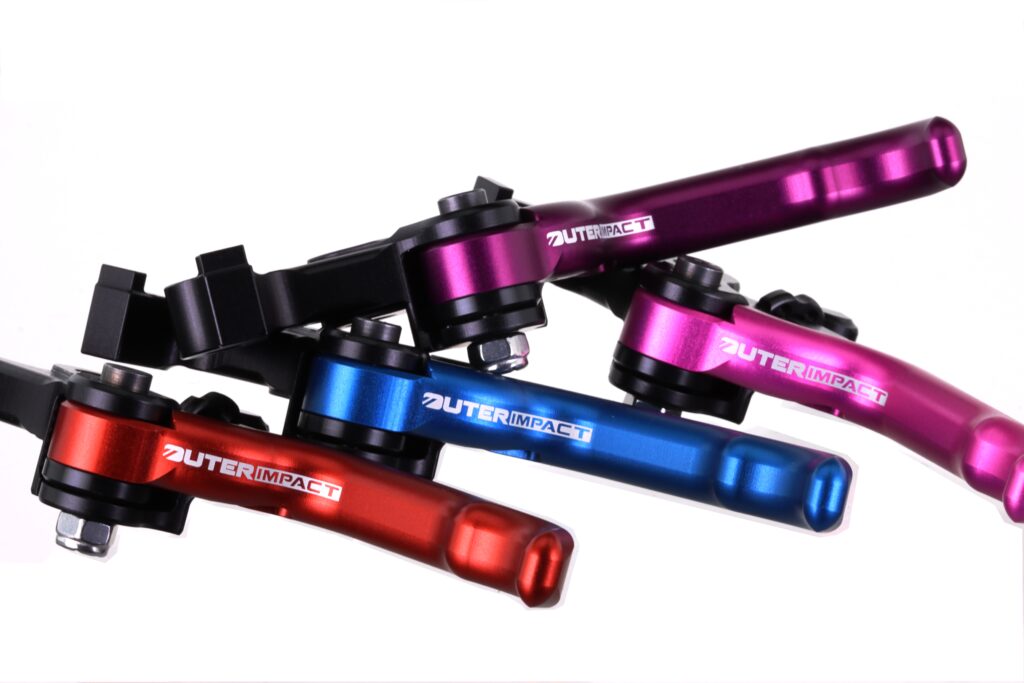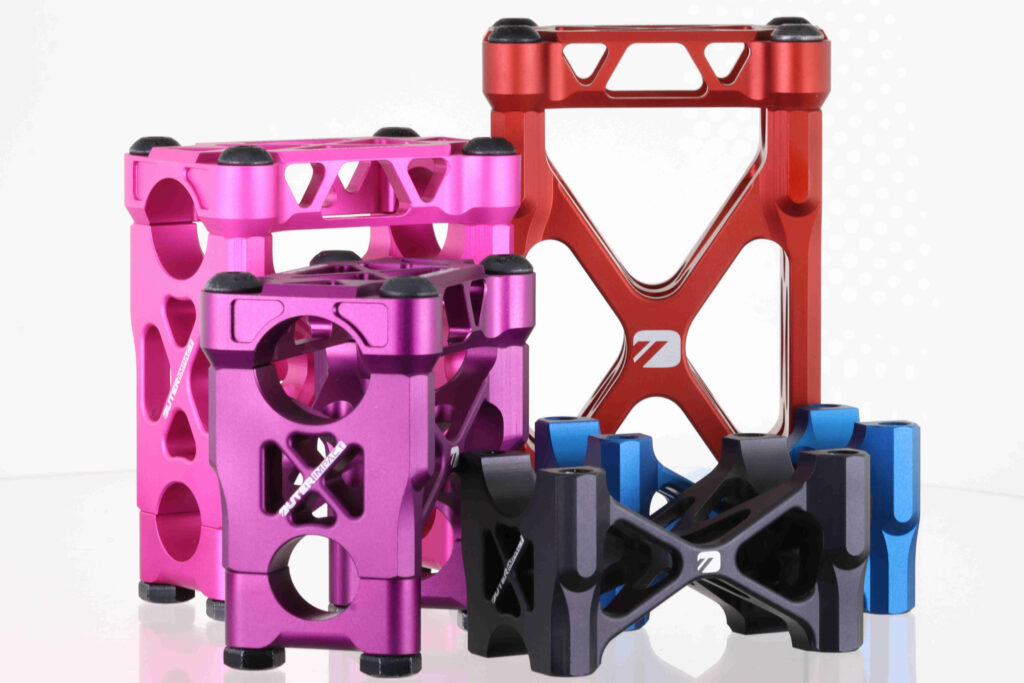How To Master Efficient Snowmobile Avalanche Victim Recovery Techniques
Introduction: Recovering Snowmobile Avalanche Victims
Effective avalanche victim recovery requires the right techniques and equipment to ensure a swift and successful rescue operation. In this guide, we’ll delve into essential techniques for efficient avalanche victim recovery using avalanche safety gear, empowering snowmobilers to respond effectively in emergency situations. OuterImpact produces the finest precision machined billet aluminum brake levers and handlebar risers with a Lifetime Warranty.

Probing Methods
Probing is a crucial step in locating buried avalanche victims quickly and accurately. Here are some probing methods to consider:
Grid Search Technique
Systematically probe the avalanche debris in a grid pattern, spacing probes evenly to cover the entire search area thoroughly.
Signal Search Technique
If equipped with avalanche beacons, use the signal search mode to locate the approximate position of the buried victim, then probe systematically around the signal to pinpoint their exact location.
Probe Strike Technique
Listen and feel for a distinctive “probe strike” sensation or sound when probing through the snowpack, indicating contact with the victim’s body.
Strategic Shoveling Techniques
Once the victim has been located using probes, strategic shoveling techniques can expedite the excavation process. Consider the following approaches:
Airway Clearance
Prioritize clearing snow from around the victim’s head and airway to ensure unobstructed breathing and facilitate communication.
Undercutting
Use the “undercutting” technique to create a space beneath the victim’s body, allowing them to breathe more easily while the remainder of the snowpack is excavated.
Tunneling
In cases of deep burials, consider tunneling through the snowpack from the side rather than directly from the surface, which can be faster and more efficient.
Teamwork and Communication
Effective teamwork and communication are essential for coordinating a successful avalanche rescue operation. Here’s how to ensure smooth collaboration:
Assigning Roles
Designate specific roles and responsibilities for each member of the rescue team, such as probing, shoveling, and managing communications.
Clear Communication
Maintain clear and concise communication among team members, using standardized terminology and hand signals to convey instructions and updates effectively.
Rotation and Rest
Rotate team members regularly to prevent fatigue and maintain efficiency throughout the rescue operation. Ensure that rescuers take breaks as needed to rest and recuperate.
Practice and Preparation
Regular practice and preparation are key to mastering efficient avalanche victim recovery techniques. Consider the following steps:
Simulation Exercises
Conduct simulated avalanche rescue exercises in controlled environments to practice probing, shoveling, and teamwork skills under realistic conditions.
Skills Refinement
Continuously refine and improve your probing and shoveling techniques through practice drills and hands-on training sessions.
Equipment Familiarization
Ensure that all team members are familiar with the operation of avalanche safety gear, including probes, shovels, and beacons, to minimize response time during actual rescue situations.

Conclusion
Efficient avalanche victim recovery requires a combination of skill, teamwork, and preparation. By mastering probing methods, strategic shoveling techniques, and effective communication, snowmobilers can increase their chances of successful rescues in avalanche terrain. Remember to prioritize safety, practice regularly, and stay informed about avalanche conditions to ensure a swift and effective response in the event of an emergency. OuterImpact is very supportive of safety and avalanche awareness. We recommend following Duncan Lee as well as the American Institute for Avalanche Research and Education (AIARE). We support the Payette Avalanche Center and take classes with Bret Rasmussen. We only take highly calculated risks and carry the correct gear.
